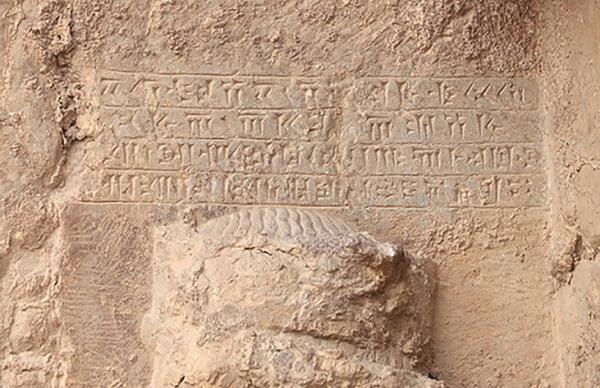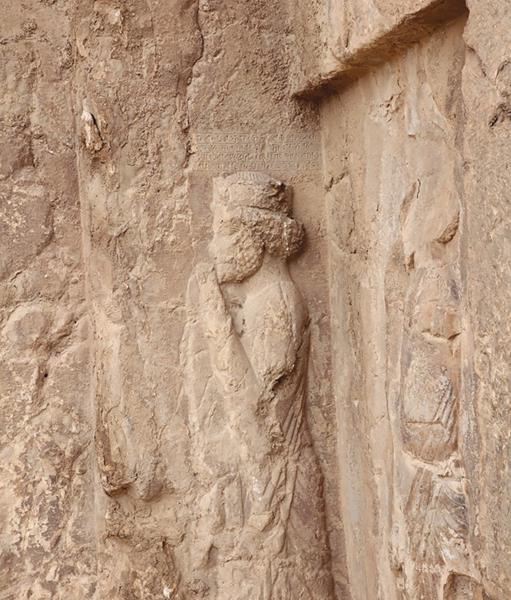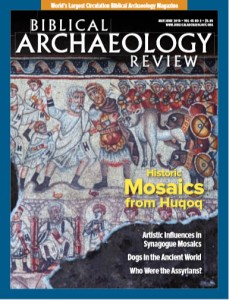
An ancient trilingual inscription has surfaced on a hillside near the Persian king Darius I’s tomb in Naqsh-e Rustam, the necropolis (“city of the dead”) 4 miles northwest of Persepolis, Iran. Written in Old Persian, Elamite, and Babylonian, the inscription records the title of an official who was close to the royal court. Unfortunately, his name has not been preserved.

Not only does this inscription shed light on the elite families who associated with the Persian kings, some of them even serving as advisors, but it also adds a new verb to all three languages—the act used to describe the gesture of the figure below the inscription. Iranian scholars Mojtaba Doorodi and Soheil Delshad recently discovered the inscription at Naqsh-e Rustam. Hidden by dirt and lichens, it had escaped earlier notice by archaeologists.
Another trilingual inscription from Iran—the Behistun Inscription—helped us crack the cuneiform script in the early 1800s. Also written in Old Persian, Elamite, and Babylonian, the Behistun Inscription by King Darius did for cuneiform what the Rosetta Stone did for Egyptian hieroglyphs. Scholars were able to first decipher the cuneiform of the Old Persian part of the inscription and use that to make sense of the Elamite and Babylonian portions.
Already a library member? Log in here.
Institution user? Log in with your IP address.

